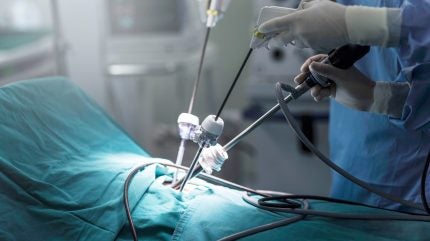
Signati Medical has completed enrolment in its first-in-human clinical trial for the sealed vasectomy procedure using the Separo Vessel Sealing System.
The Signati Separo device has been designed to streamline this procedure.
The investigational device exemption (IDE) trial commenced in April 2024 upon receiving approval from the US Food and Drug Administration (FDA).
A total of eight patients have been enrolled for the trial in the US.
The objective of the trial is to assess the safety and efficacy of the Signati Separo system for vasectomy.
Signati Medical will evaluate the ability of the Separo system to perform vasectomies with lesser procedure times and reduced invasiveness against traditional methods.
How well do you really know your competitors?
Access the most comprehensive Company Profiles on the market, powered by GlobalData. Save hours of research. Gain competitive edge.

Thank you!
Your download email will arrive shortly
Not ready to buy yet? Download a free sample
We are confident about the unique quality of our Company Profiles. However, we want you to make the most beneficial decision for your business, so we offer a free sample that you can download by submitting the below form
By GlobalDataThe trial’s primary objectives focused on the assessment of post-treatment effectiveness, procedural safety, and semen analysis after the procedure.
Dr Matthew Mutter from LSU Medical Center is the principal investigator of the study.
Mutter said: “The Separo system has the potential to improve the vasectomy experience for both patients and physicians significantly.
“To date, I have been impressed with the device’s ease of use, and we expect final results to be available by the end of the year.”
Signati Medical expects to submit the complete data package to the FDA for obtaining approval this year.
Signati Medical CEO William Prentice said: “We are pleased to announce the completion of enrollment for this groundbreaking clinical trial.
“The participation of all eight patients is a testament to the growing interest in faster and potentially less-burdensome vasectomy options.”



